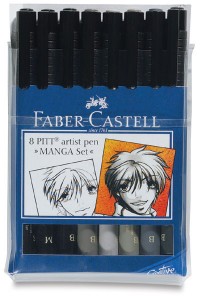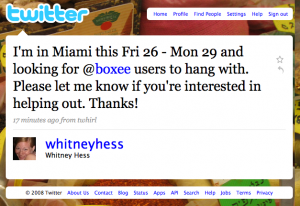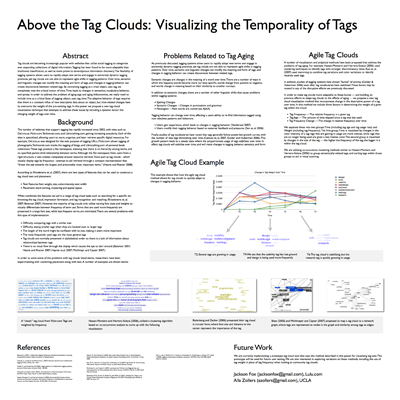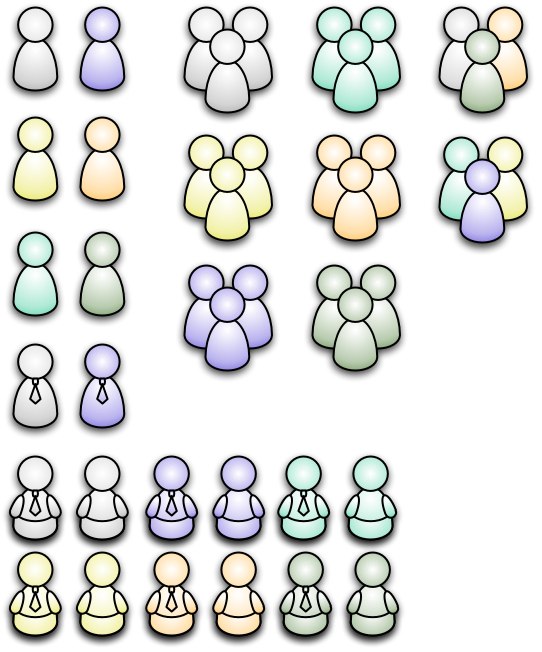IA Summit 2009
Originally posted on the Viget Labs Advance blog
It can be an odd experience attending a conference in a recession, and my trip to the 10th Anniversary IA Summit in Memphis, TN, didn’t disappoint in that regard. The event was smaller, tinged with uncertainty, and chock full of people trying to figure out what the future holds for themselves and for their profession. I left feeling both frustrated with the angst, and brimming with new ideas and a deep desire to return next year. It took me a while longer to get all of these thoughts down than I thought it would, about a month longer in fact, but I’ve enjoyed re-visiting my favorite talks in order to share them with others.
Read more ...



